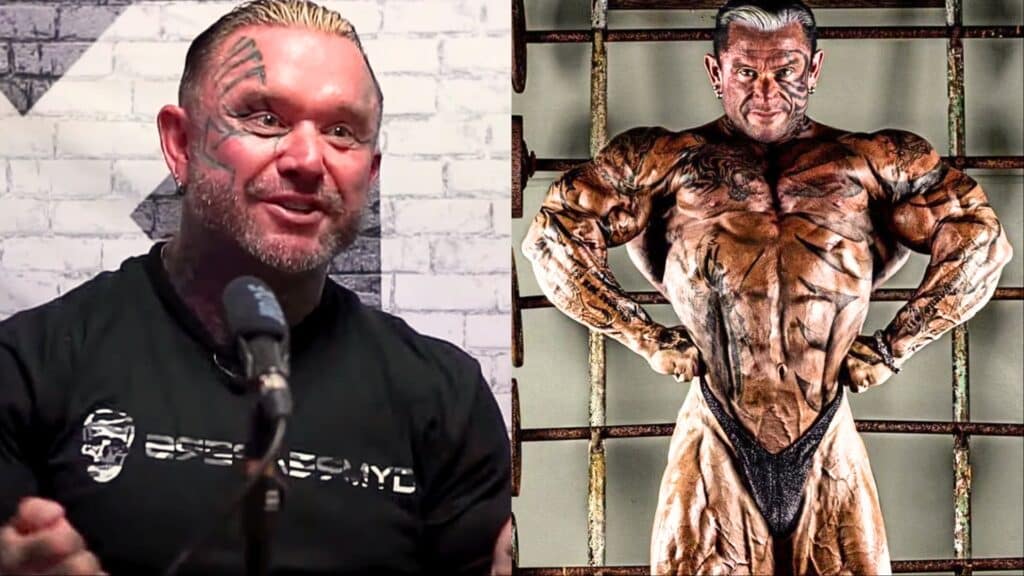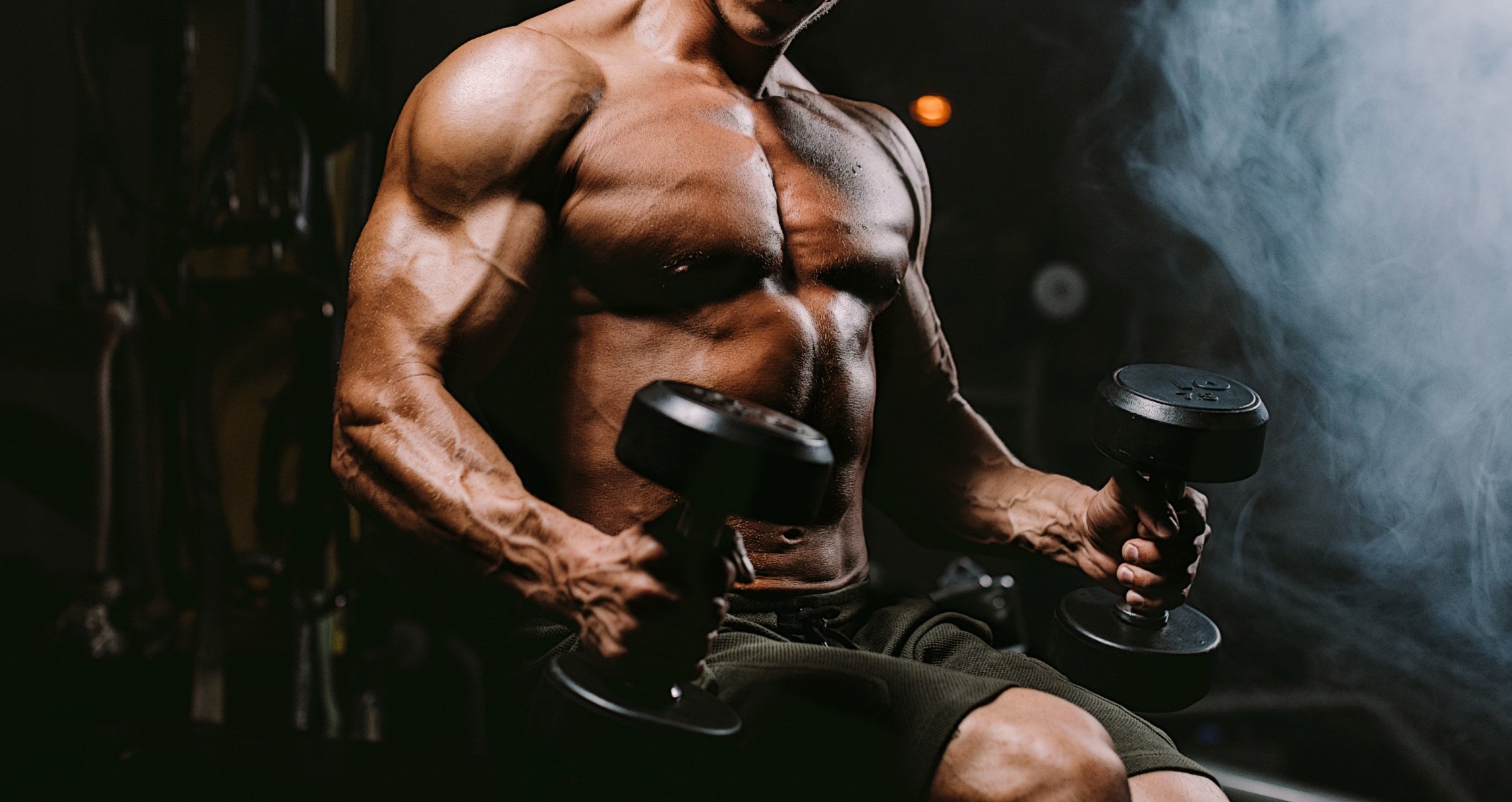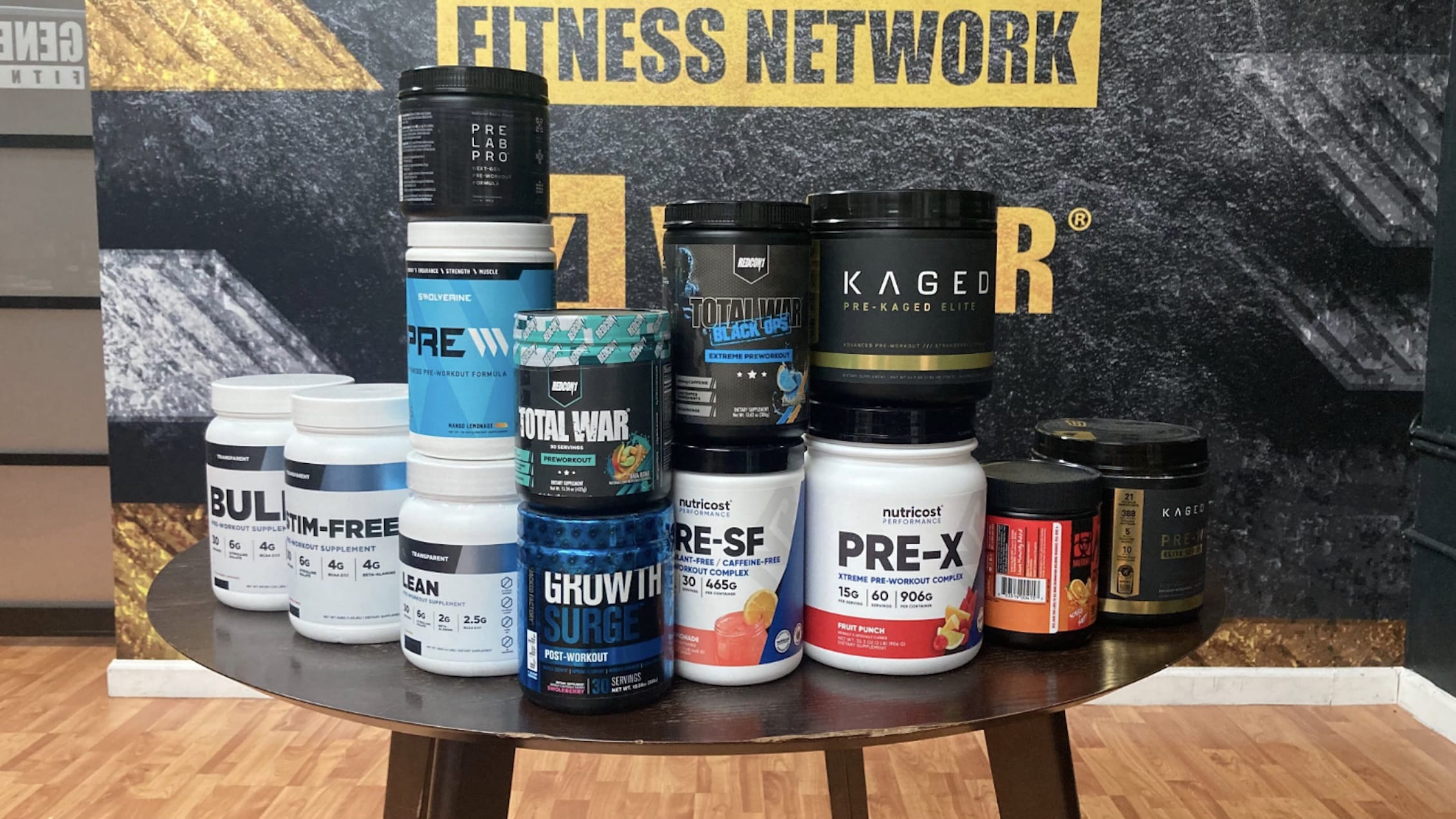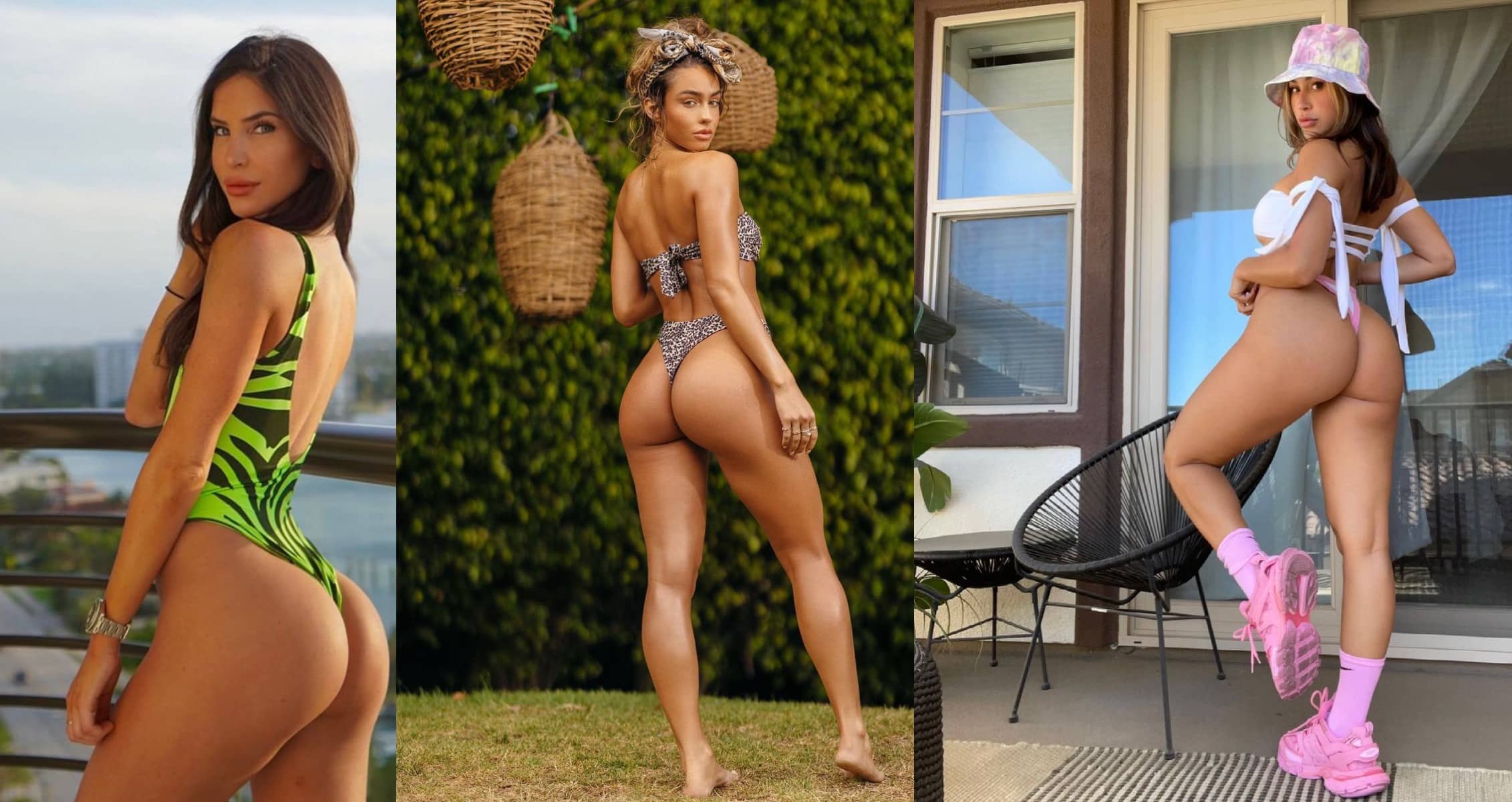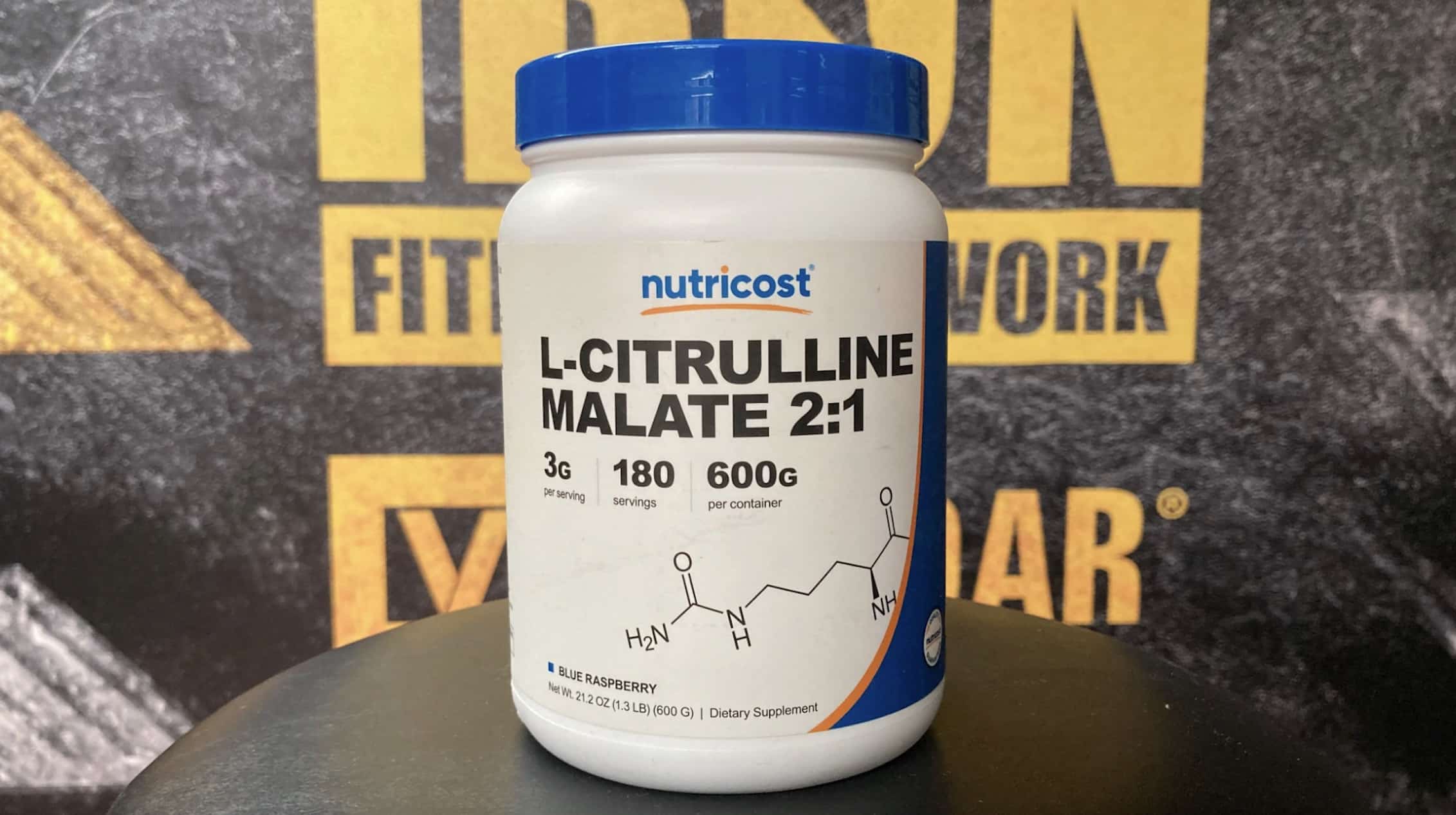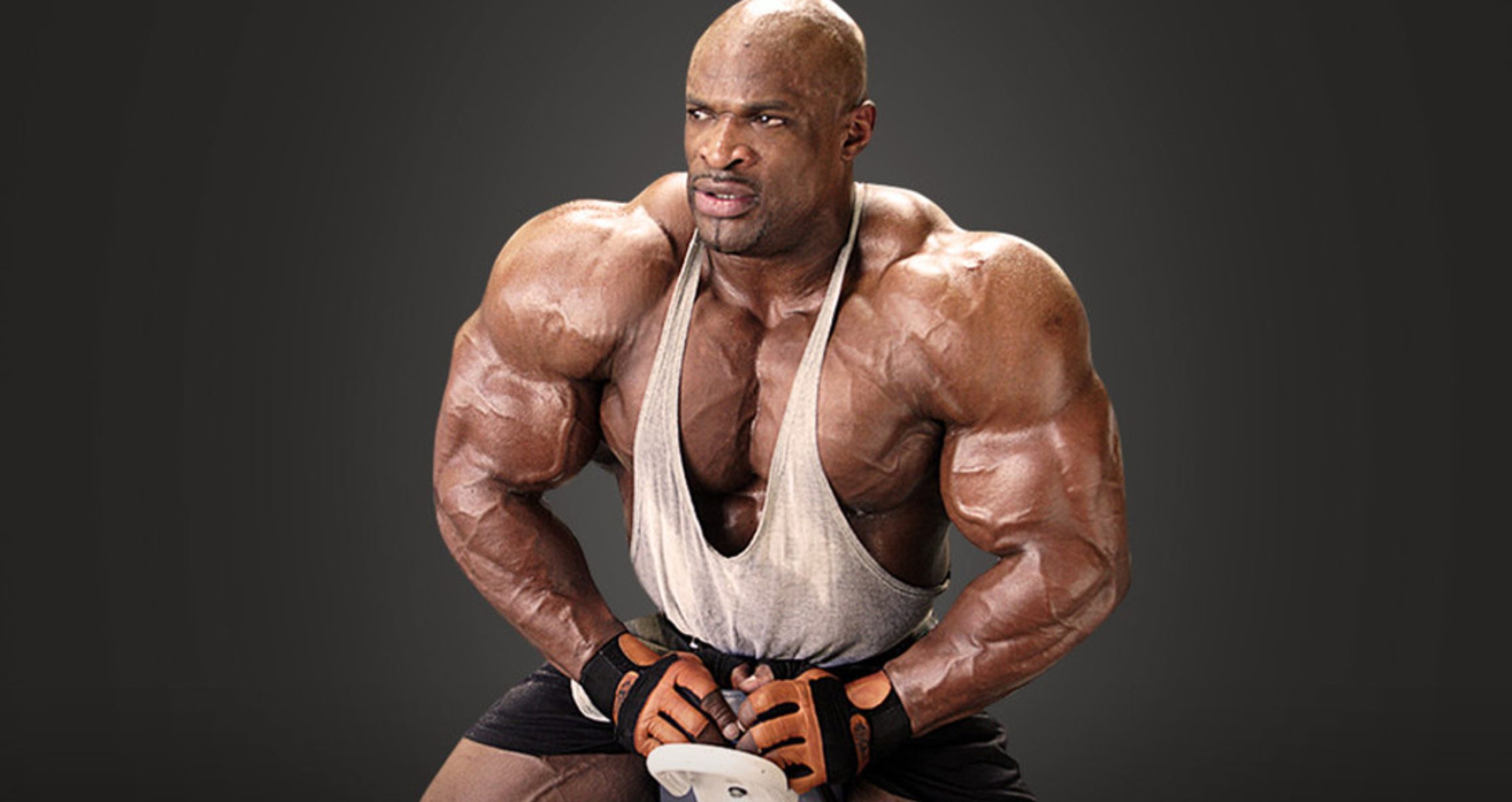Lee Priest Breaks Down the Upsides of Supersets Vs. Straight Sets: “I Enjoy Doing Both”
Lee Priest hasn’t forgotten the training systems that helped him thrive as an Open Bodybuilder. He recently broke down the pros and cons of supersets versus straight sets in a YouTube video.
During the prime years of his bodybuilding career, Priest personified the essence of freak factor, boasting some of the most well-defined arms ever seen on stage. He tested himself against the cream of the crop in the 1990s, pushing stars like Ronnie Coleman, Jay Cutler, and Kevin Levrone.
Priest was known for rapidly transforming his physique for bodybuilding contests using supersets, which minimized rest periods and boosted calorie burn to help him shred down.
“There’s really no cons I don’t think,” Priest explains. “The pros are you can get two body parts done quicker.”
[RELATED: Lee Priest Talks The Illusion Of Size In Bodybuilding With Mike O’Hearn]
While many lifters believe supersets demand lighter loads, Priest excelled with heavier resistance, especially when targeting opposing muscle groups.
“If you want to do normal sets which are good because you can go heavy. But then, sometimes when I’m supersetting because you’re only doing two exercises–I used to superset a lot, and generally, sometimes people always think when I superset you have to go a bit lighter but I never did.”
“But if you’re working alternate muscles, that’s [supersets are] great to do,” he adds.
Lee Priest Explains How to Implement Supersets and Straight Sets in Training
During the interview, Priest gave an example of how he would approach supersets when he trained his chest and back–all while using heavier weight.
“If I was supersetting chest and back I would still use the 180-pound dumbbell for dumbbell presses, put them down, and then I’d go do heavy seated rows. Sometimes you don’t have to go lighter.”
In some instances, he concedes that you won’t be able to go as heavy if you train a single body part with two different exercises in succession.
“Or even if you’re just doing the one body part and you go from barbell curl straight over to a dumbbell curl. Yes, the second exercise, like I said I’m going heavy with a barbell, and you put it down and jump to a dumbbell, you’re not going to be able to go as heavy.”
He also values straight sets for leg training, as supersets can be challenging due to the intense breathing and cardiovascular demands.
“I used to do supersets with tri-sets, where I might go extensions, leg press, squats. By the time you get off the leg press and you walk to the squat bar, then you get under the squat bar, it’s more about your breath than your muscle actually giving out,” shared Priest. “Like I said, I enjoy doing both. Legs is hard to superset though sometimes.”
For achieving an optimal muscle pump, Priest favors supersets over straight sets due to their effectiveness.
“You get the best pumps because the blood is just filling up in each muscle,” he states. “You feel so good because not having that rest, you’re really pumping it hard and doing two different things like that. You can go heavy on the barbell and it’s not going to affect your pushdown power.”
At 52 years old, Priest continues to pursue his fitness, with many taking note that he renewed his IFBB Pro card for the 2025 bodybuilding season. Fan speculation has ignited about a possible comeback, particularly since the Masters Olympia is set to return later this year from August 9-10 in Tokyo, Japan.
Having built a physique that could never be replicated, Priest’s insights into supersets and straight sets offer a timeless blueprint for blending intensity and efficiency in training. While it’s uncertain if we’ll ever see him back on stage, Priest’s legacy and training wisdom continue to shape the future of bodybuilding.
Photo Credit: Instagram: @leepriestofficial72 YouTube: Sam’s Fitness – Gym Equipment
